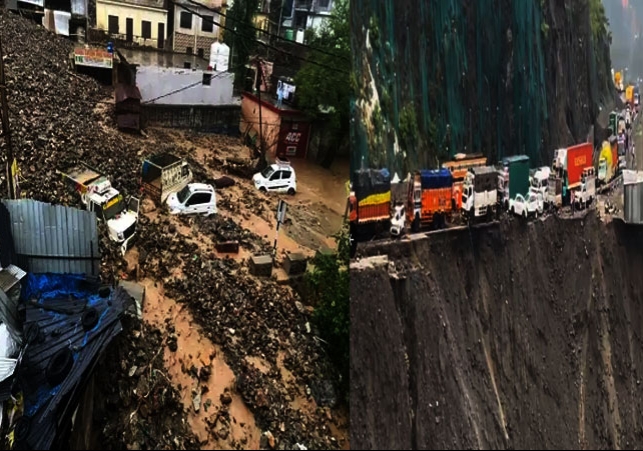Introduction
On August 14, 2025, a sudden cloudburst in Kishtwar struck the remote village of Chasoti. The flash floods caused by this disaster claimed at least 37 lives and left over 200 people missing.
The disaster occurred around 11:30 AM, during the annual Machail Mata pilgrimage. Thousands of devotees were present along the route when the floodwaters swept through homes, shops, and community kitchens. Many people were trapped and caught off guard.
Rescue operations were immediately launched by the National Disaster Response Force (NDRF), army personnel, and local authorities. Teams worked tirelessly to evacuate survivors and provide medical aid to the injured. Several injured individuals were shifted to nearby hospitals.
The cloudburst in Kishtwar also damaged roads and infrastructure, making relief efforts more challenging. The sudden nature of the flood highlighted the vulnerability of hilly regions to extreme weather events.
Experts note that such disasters are increasingly linked to climate change, deforestation, and unplanned construction, which weaken fragile ecosystems. This cloudburst in Kishtwar is a stark reminder of the need for better disaster preparedness, early warning systems, and sustainable development in Jammu and Kashmir.
The Tragedy Unfolds
The cloudburst unleashed torrential rains, causing rivers to overflow and flash floods to sweep through the village. Homes, vehicles, and a community kitchen serving over 200 Hindu pilgrims were washed away. The suddenness and ferocity of the event left little time for evacuation, leading to significant casualties. Among the deceased were two personnel from the Central Industrial Security Force (CISF), who were on temporary duty in the area.
Rescue and Relief Operations

In response to the disaster, the National Disaster Response Force (NDRF), along with local police, military personnel, and volunteers, launched extensive rescue operations. As of the latest reports, approximately 150 individuals have been rescued, with at least 50 suffering serious injuries. Rescue teams continue to search for survivors amidst the debris and challenging terrain.
Official Reactions
Jammu and Kashmir’s Chief Minister, Omar Abdullah, expressed deep sorrow over the tragedy and announced the cancellation of Independence Day cultural events and the customary tea party scheduled for the evening. Prime Minister Narendra Modi also conveyed his condolences, assuring that the central government is closely monitoring the situation and providing all necessary assistance.
Environmental Concerns
Experts attribute the increasing frequency of such cloudbursts to climate change and unplanned development in the region. Kishtwar, known for its hydroelectric projects, is particularly vulnerable due to its fragile ecosystem and deforestation. The disaster has raised concerns about the sustainability of development projects in ecologically sensitive areas.
Conclusion
The cloudburst in Kishtwar serves as a stark reminder of the vulnerabilities faced by communities in mountainous regions. It underscores the urgent need for comprehensive disaster preparedness, sustainable development practices, and climate change mitigation strategies to protect lives and livelihoods. As rescue operations continue, the nation stands united in grief and solidarity with the affected families.
Also Read: Kashish Singhal’s ₹1 Crore Moment on KBC 17—One Answer Changed Everything.













